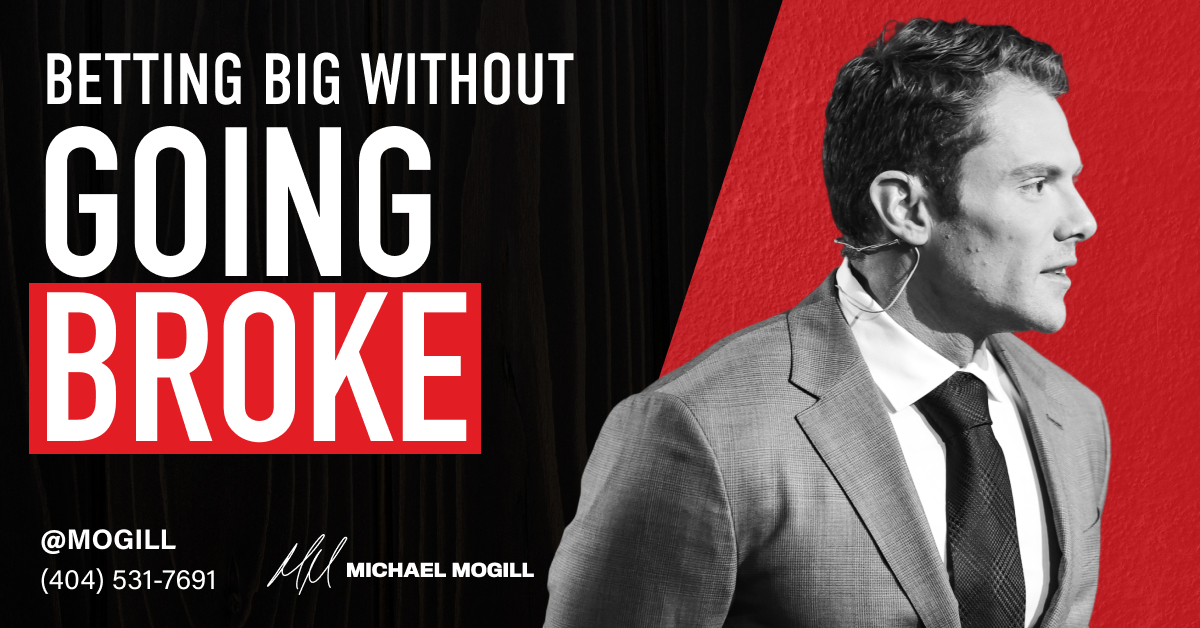Years ago, I learned a very important lesson that saved me a lot of heartache.
You can’t make anyone do anything.
For example, let’s say somebody you’re close with is not really taking care of their health. You may want to say to them, “Hey, you really should start taking care of your health. You should start eating well. You should start exercising.”
You could say those things, but that doesn’t necessarily mean their habits are going to change.
I believe that the best way to get somebody else to do something is to model that behavior in yourself, and then it can rub off on others.
This idea applies in your organization as well. You can create a culture of well-being if you are prioritizing your own well-being and you’re a more effective leader as a result, and then that’s rolled out to your leadership team and they’re more effective leaders as a result, and then everyone on their team is directly exposed to those benefits as well.
There’s a common misconception that if we prioritize our health and well-being, it’s somehow a tradeoff or a compromise against performance. But in reality, this is what leads to great performance.
It’s possible if you encourage good habits and behaviors in the organization that make people feel comfortable and safe to prioritize those things, seeing that this is how we are successful.
A team that is energized, engaged, and prioritizing their health and well-being is a more effective team. That is how we succeed.
At Crisp, one of the things we’ve done to express this is create a Slack channel we call #crispfit where team members share their health and fitness goals, activities, and progress. We also started an internal challenge where each month, team members compete in personal and professional challenges. They set out their goals, make those goals public, and record videos to document their progress. There’s a lot of public accountability, and you can see our team support one another in achieving the things that they want to achieve — whether it’s somebody who wants to lose weight, someone who wants to achieve some sort of financial goal, someone who wants to learn to play an instrument, someone who wants to learn a language, or someone who wants to to overcome their fear of public speaking.
You can encourage a culture of growth by showing other people doing it. If somebody sees enough people modeling healthy behaviors, at some point you get to a tipping point where they’re like, “Okay, I kind of like this stuff. Maybe I’m going to choose the salad and the chicken breast over the cookies.”
But it’s not because you tell everybody they should start eating healthy, they should start prioritizing their well-being, they should get eight hours of sleep, and they should drink a gallon of water a day. If you do it that way, you’re going to have very poor compliance. But if you can model those behaviors yourself consistently, and they see that you are a more effective leader as a result, they’re much more likely to be open to trying it themselves.
Things are caught, not taught.
It’s one thing to say it. It’s another thing to model those behaviors yourself.








